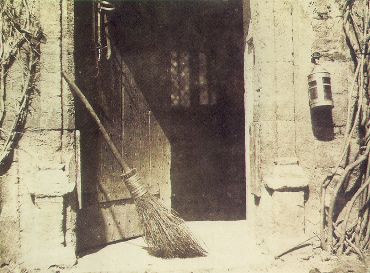
Figure 1 Henry Fox Talbot “The Open Door” from his “Pencil of Nature, 1844. From the Wikicommons and in the public domain because of expired copyright.
I was thinking about photographic technology and got to musing about alternative possibilities to modern digital photography. We’ve gotten so used to taking our images on digital cameras, altering them with an image processing software package, and then printing them using a digital inkjet printer. What if none of this existed? Are there alternative technologies that we could invent? I guess that I’ve come to so love the fine detail of dodging and burn that can be achieved with digital photography that the thought of returning to the dodge and burn with masks and fingers of the “good old days” terrifies me.
So then I got to thinking that if you allowed me to replace my old enlarger condenser with a finely focused laser beam (three laser beams if I wanted to do color) then this beam could be my pencil. (Remember Fox Talbot and “The Pencil of Nature“) and I could have as fine and as precise control as ever I wanted. Photography would be a bit like water-coloring in that you would always be building up density (Burning in) never removing it (dodging), but you could certainly get used to that-just as goauche artists get used to the opposite.
Well no good idea goes uninvented for long, and I learned of Cymbolic Sciences, Inc.’s “LightJet” technology. That technology was a drum printer that used three lasers (red, gree, blue) to write directly onto color film (silver halide). It was capable of amazing dynamic range and really represents a hybrid between modern digital printing and its predecessor analogue photography. These systems are no longer commercially available. However, they remain the darlings of some photographers particularly large format photographers.
Technology does not necessarily follow a preordained path. To borrow a phrase from science, there are an infinity of possible world lines. And unless we are incredible prognosticators, it’s never quite what we think it’s going to be. Consider all those science fiction movies of the 1950’s and 1960’s where computers “of the future” had blinking lights and reel to reel tapes. It didn’t quite work out that way.
In science and possibly mathematics, it’s not that way. We have this unproven sense that science is based on an inherent reality and as a result that theory ultimately has to reflect that reality. We might express it differently but the reality dominates.
Technology is an evolving system. Like biological evolution it is driven by a small set of rules, but is ultimately random in the way that complexity grows. It’s a wonderfully accurate analogy especially as it relates to transitional technologies and their similarity to transitional species. Fill a niche today and tomorrow you are relegated to quaintness. Watching this process makes it truly worth getting up in the morning.
